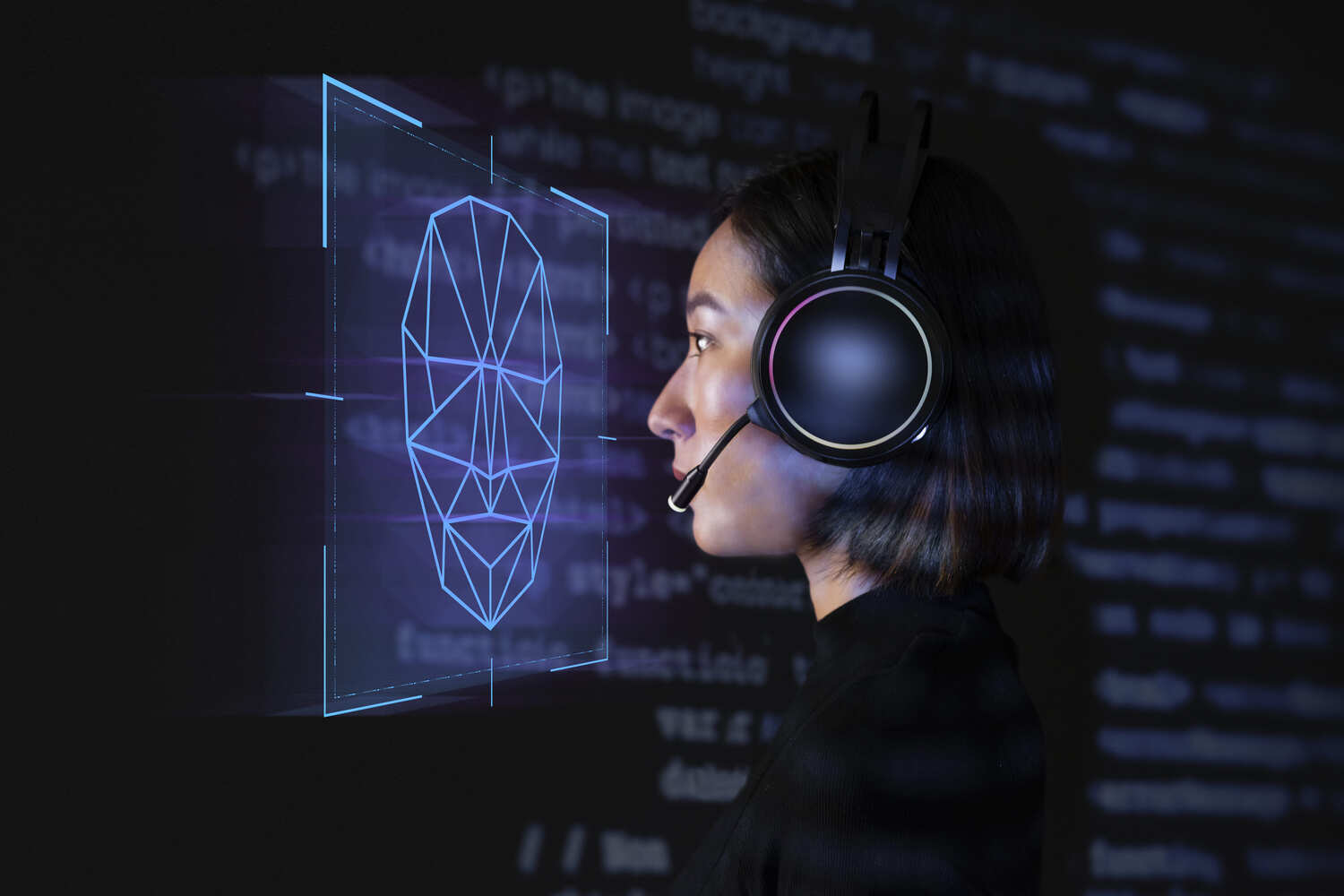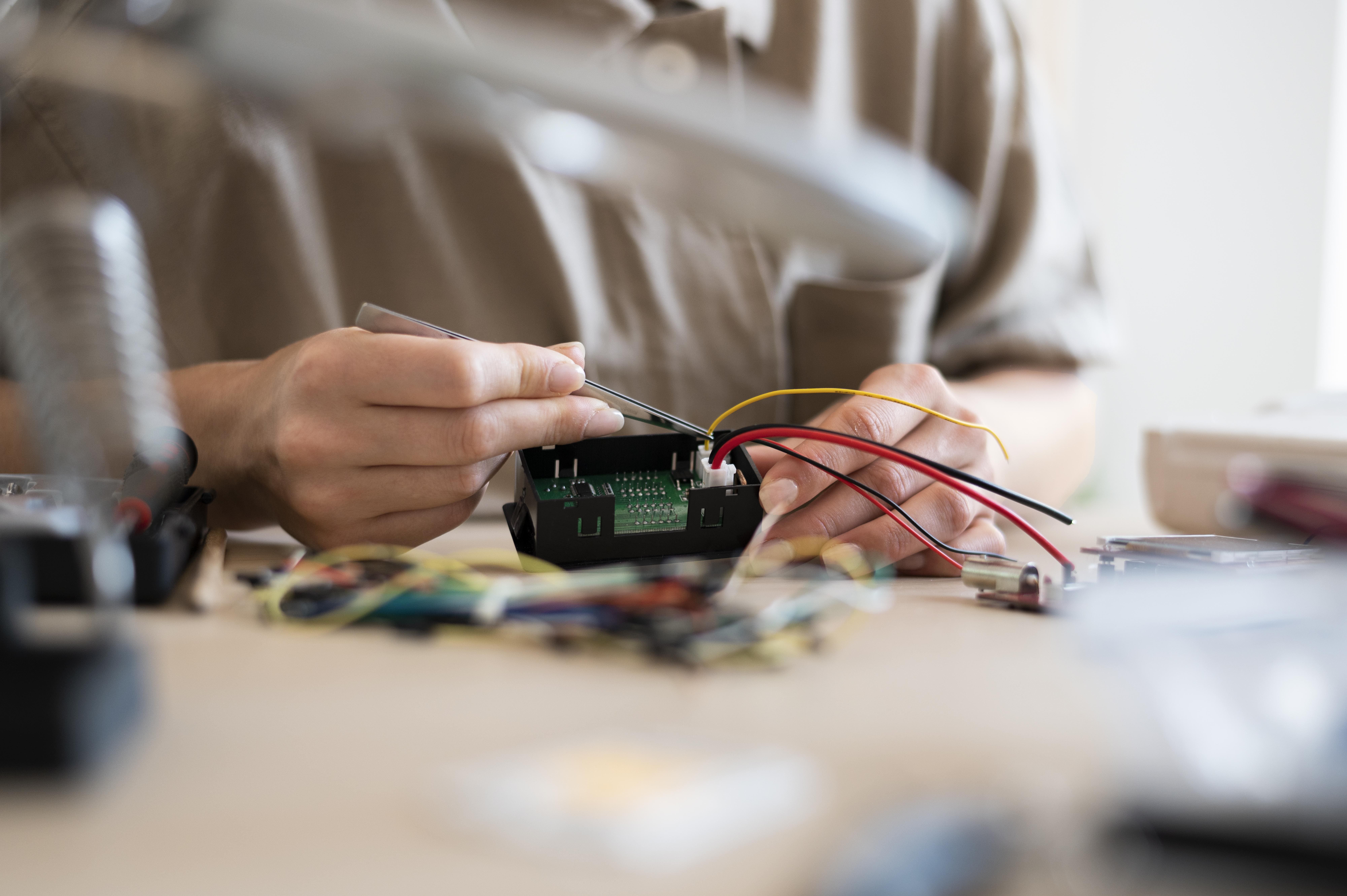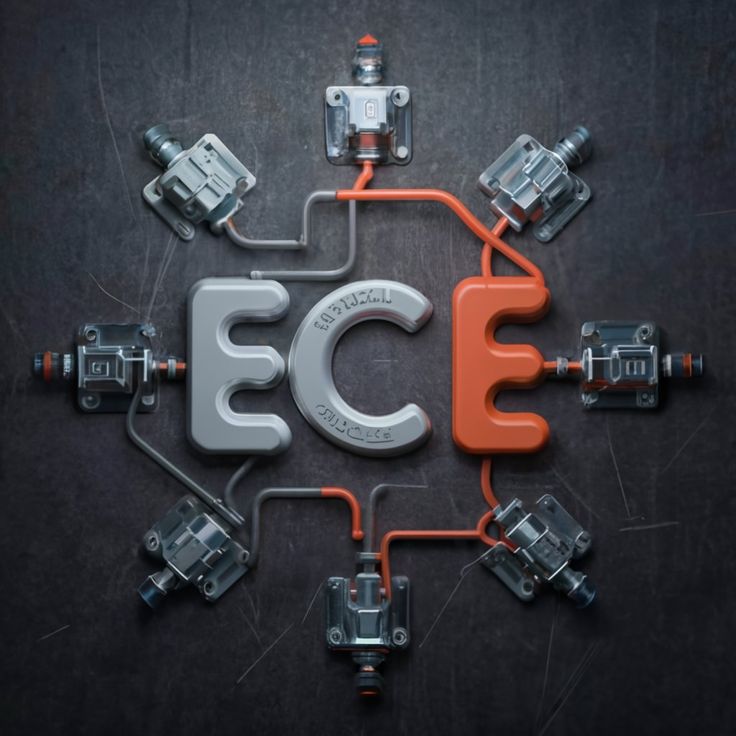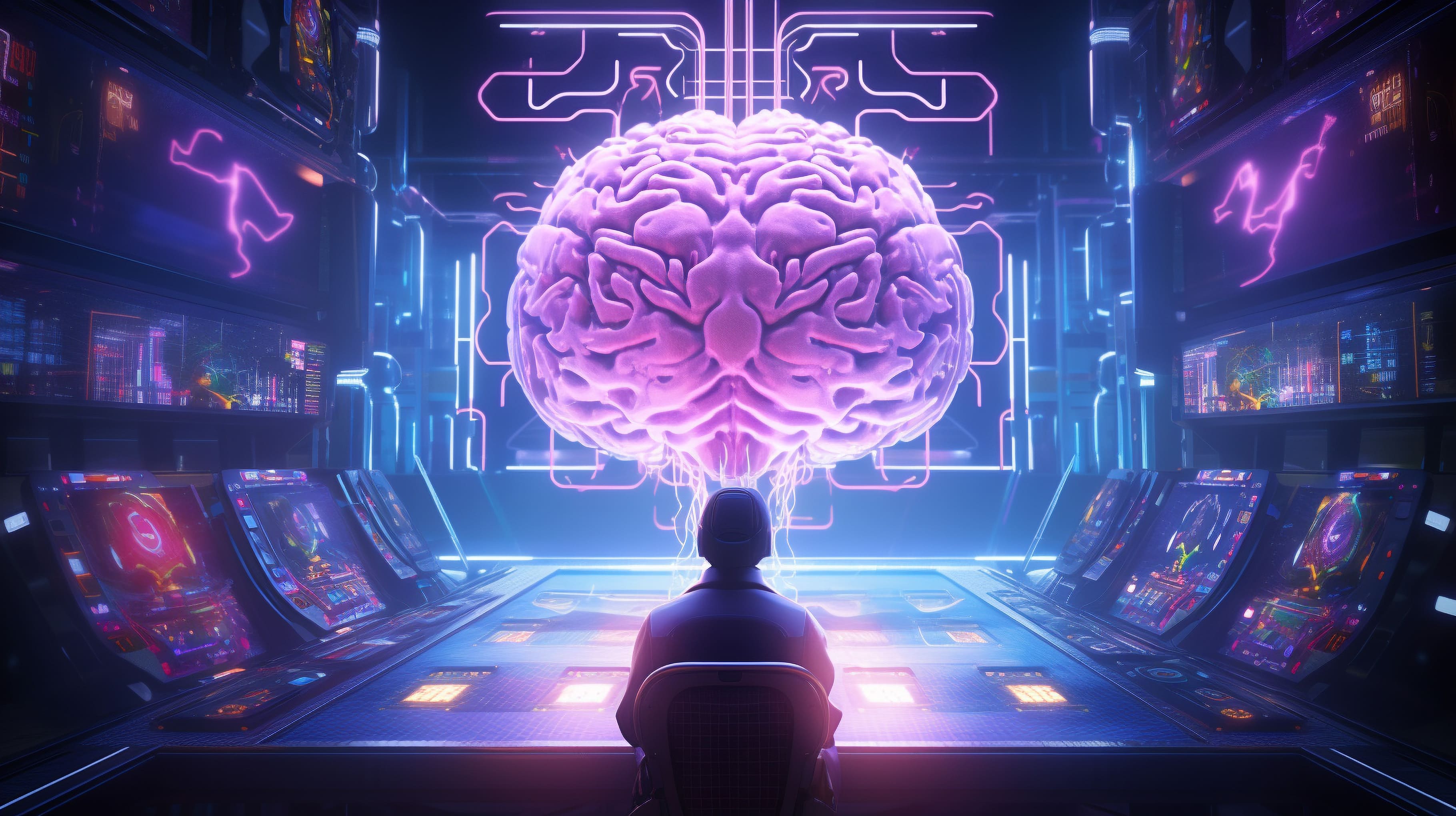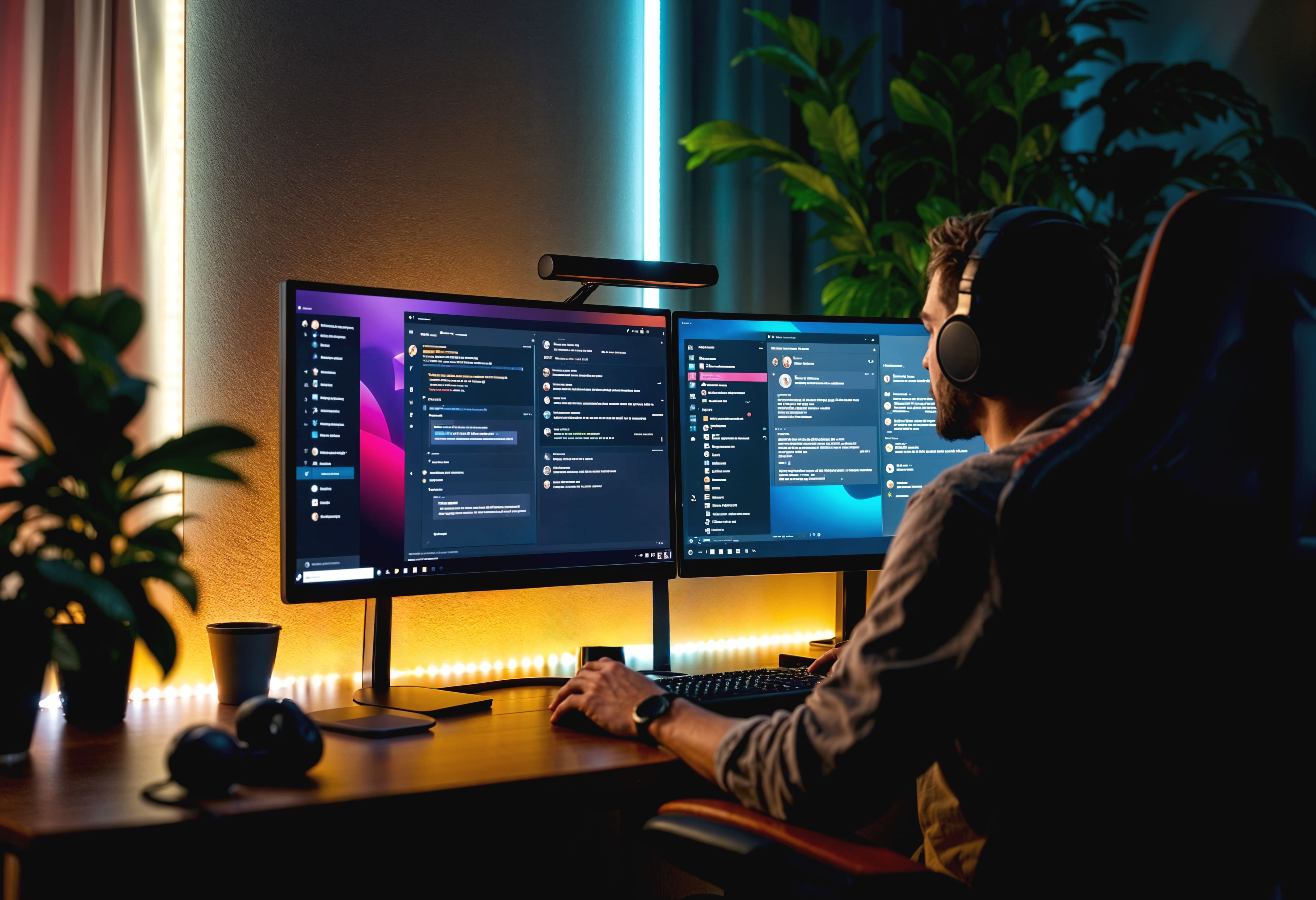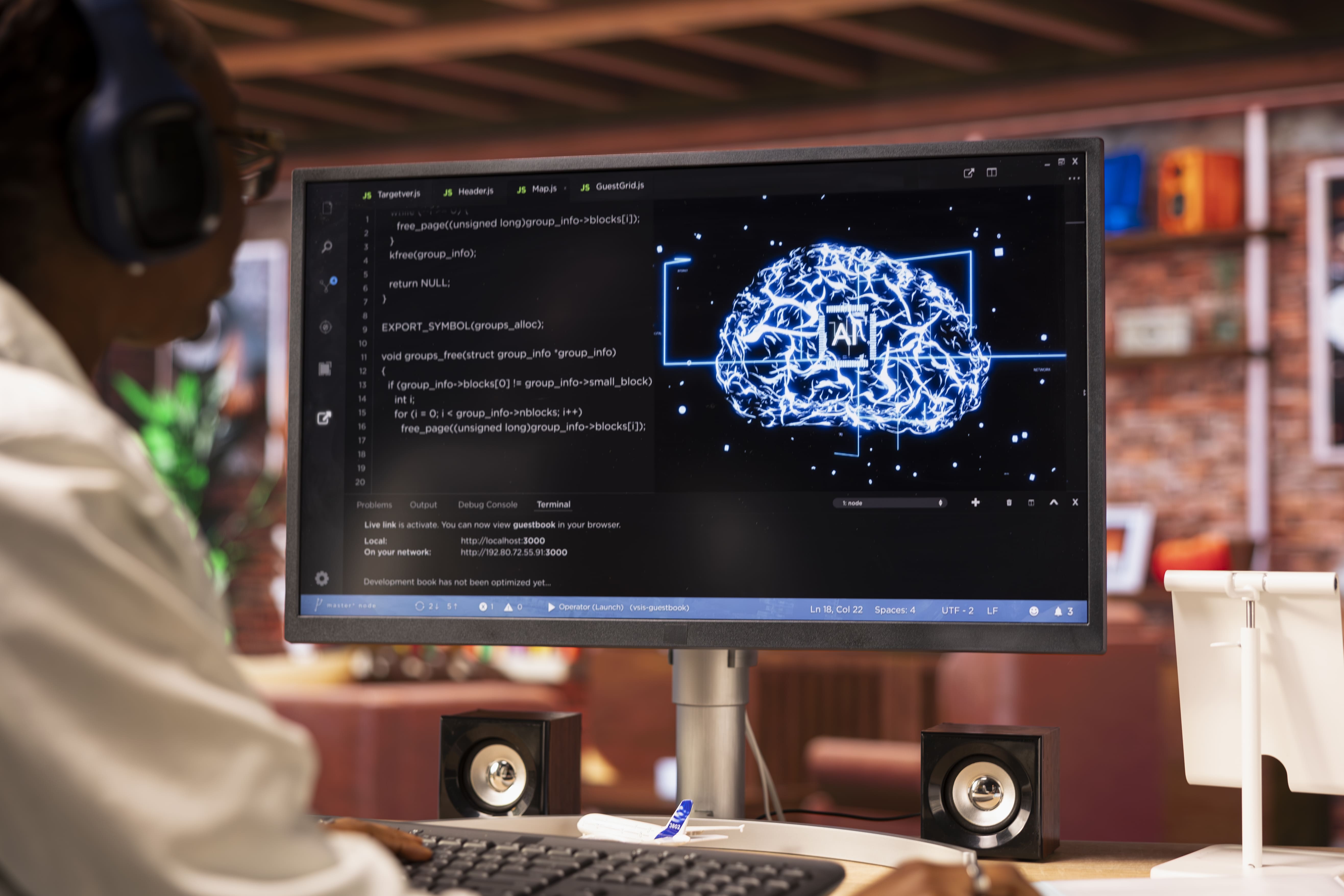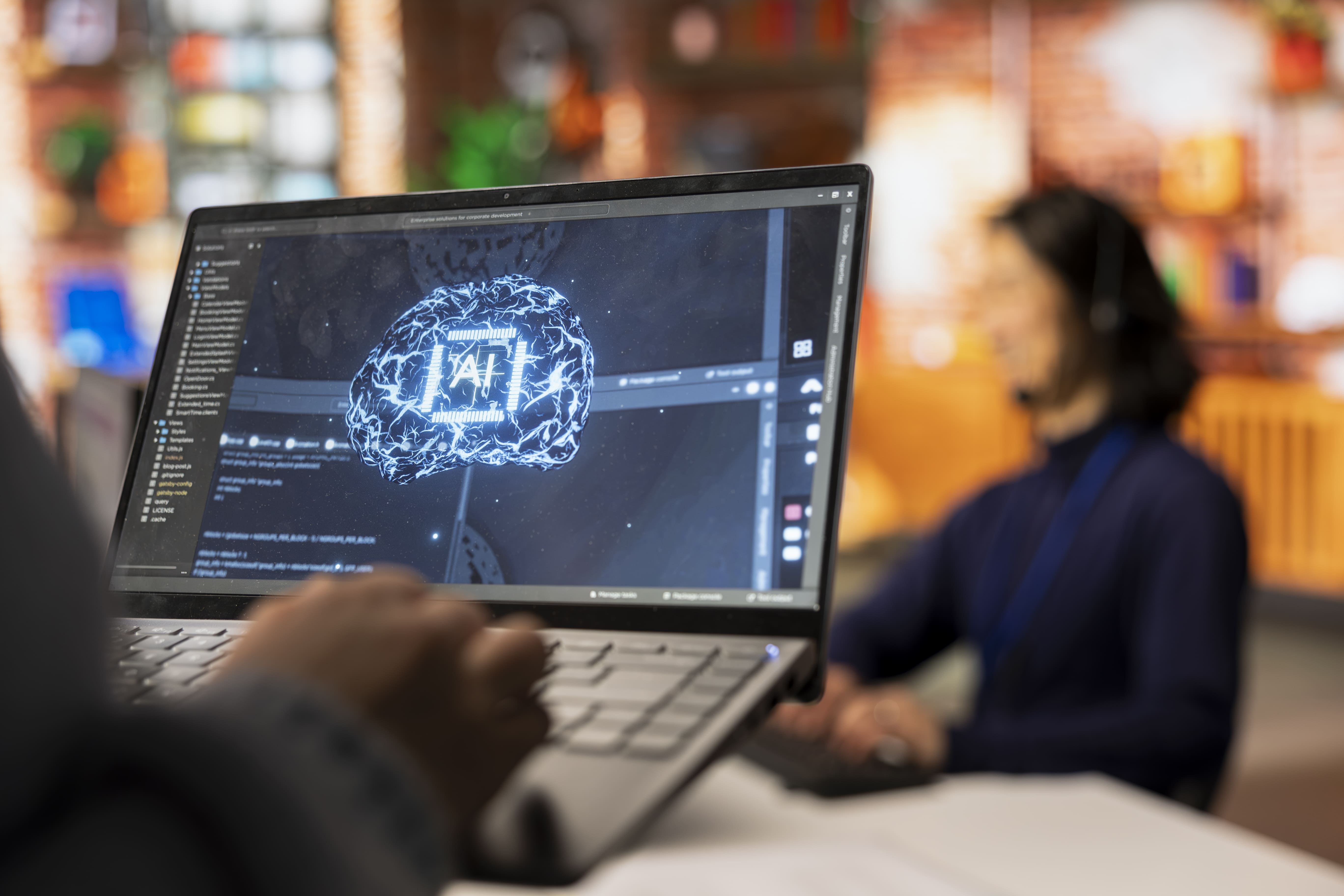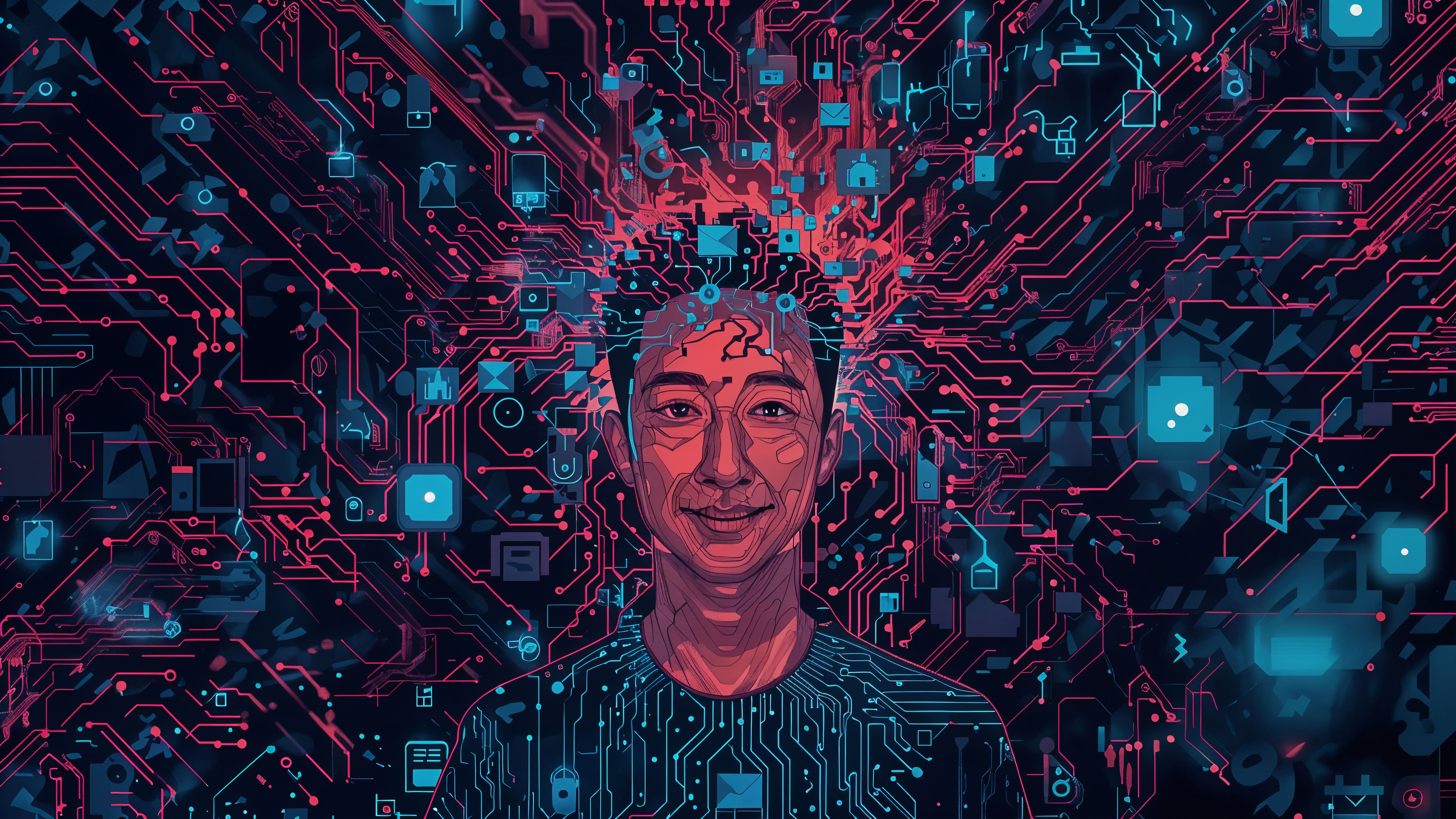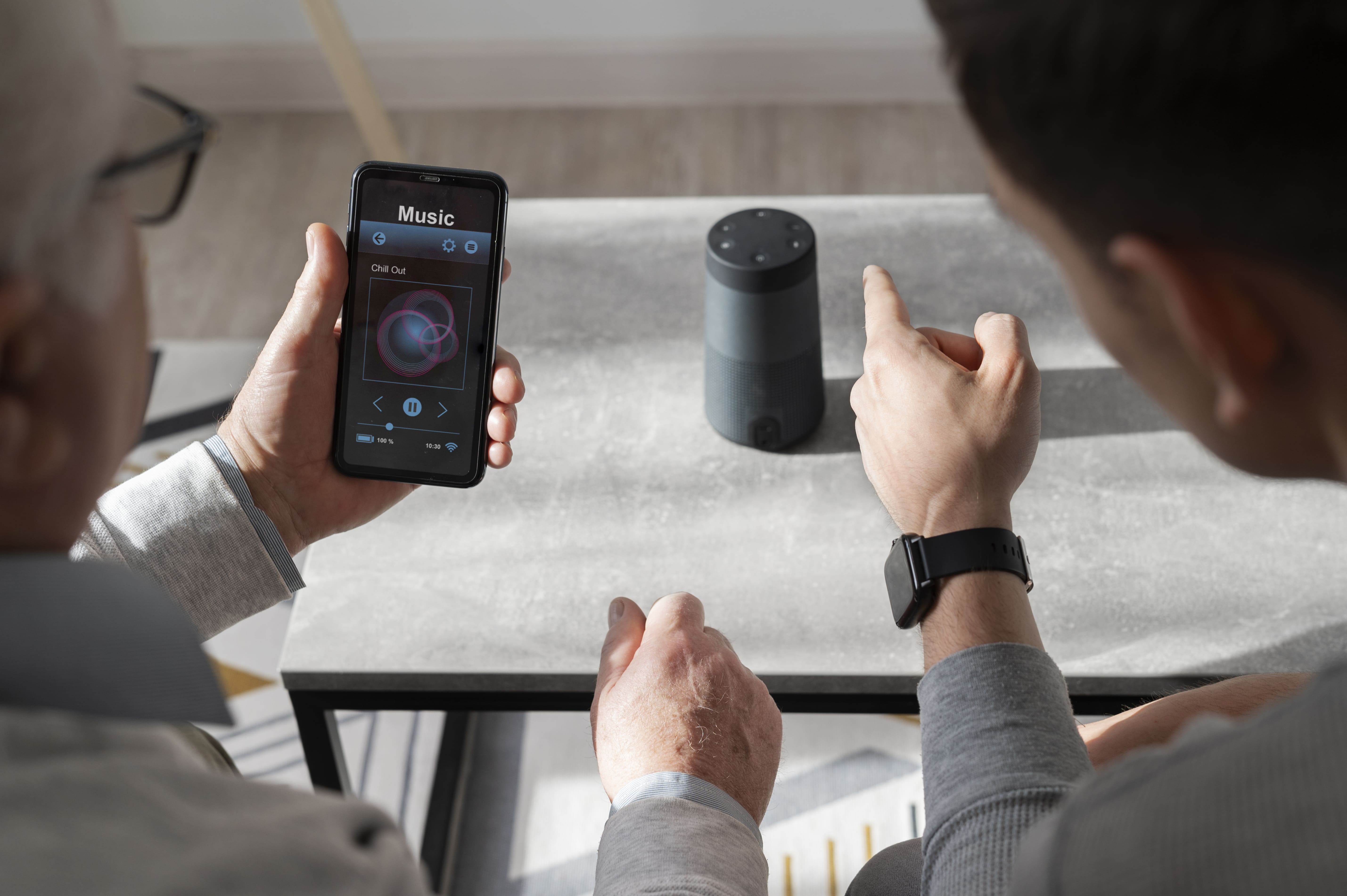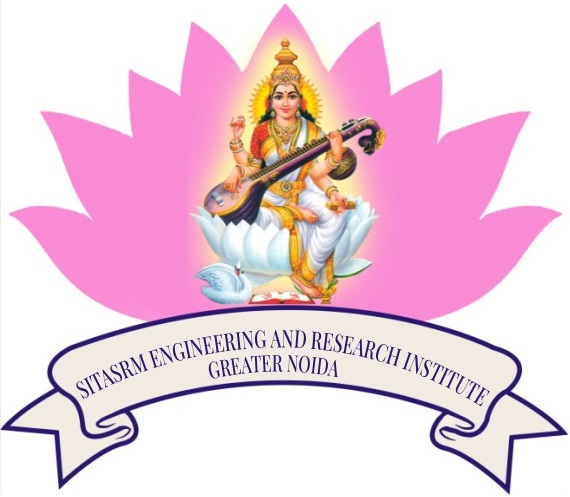 SITASRM ENGINEERING & RESEARCH INSTITUTE
SITASRM ENGINEERING & RESEARCH INSTITUTE
 SITASRM ENGINEERING
SITASRM ENGINEERING & RESEARCH INSTITUTE

SITASRM ENGINEERING & RESEARCH INSTITUTE
Menu
Become Prompt Expert: Guide to Prompt Engineering
Introduction
Imagine a world where AI helps you to make and execute any creative idea you have as well as to complete any hard task that needs to be done instantly. That world is 2025, a generation of innovation and creativity.
This is where Prompt Engineering comes in, and the key to get to that kind of a world is not only code-- it's interaction. This novel ability is the best one that is being able to discern the line between human fantasy and AI reality.
AI (Artificial Intelligence) has been the pioneer of technology and innovation for many years and engineering is one of the most popular fields for raising the career bar in the industry. Perfect engineering prompts show the engineering craft to let the AI models receive the desired output.
What is Prompt Engineering and Why is it important?
Prompt Engineering is a unique technique of writing instructions that allows AI to take the best steps. Artificial Intelligence is becoming faster and faster in the new age of technology.
Thus Prompt-Engineering has been introduced as a need; thus it is not enough to converse with AI only but the learners must have the ability to communicate with AI systems effectively.
A well-made prompt helps the engineers to explore the full potential of AI. This has been like a new skill that one can acquire and apply to speak a foreign language fluently. It is analogous to the fact that possessing substantial information about a language facilitates the process of self-expression in the most efficient manner.
When you are a master of engineering best prompt; you are in a position of both understanding and making communication more efficient with AI models. It can be observed that a correct, interesting and profound prompt will be the key to getting a top-notch output.
Become a Prompt Engineer Expert- Know How to Get Started!
Here is a guide for engineers to generate AI prompts, expressed in step by step form.
- Step #1: Write as precisely as possible: Writing precisely to AI tools is important as, being a machine-learnt deep-learning model, generative AI is trained on human and machine-produced data. During this procedure, there is hardly any possibility for it to analyze what you are trying to convey or trying to express anything to it. You see the exact results for what you are trying to get. The need is only to be using specific tone, simple language with good context.
For example, instead of “write an outline for essay and title along next steps,” the better request may be “write an outline for essay on topic best use of electric vehicles with sections for title, summary, and next steps.”
- Step #2: Look Round for Best Practices: Connect with AI-assisted generative models by experimenting with different variations of the same request presented. For every output, include brief outlines, research proposals, or bullet pointers. It shows whether you need to clarify instruction, like indicating its formal tone of voice or anything else that you might feel suggesting.
Further, when you try to define the tone in your prompt, it is preferable to suggest a professional tone or a formal tone clearly. Just like that, you can play around with your inputs to get the perfect result you require. You can also give sample outline prompts or examples you would like the generator to imitate in the response.
- Step #3: Follow Ups with Instructions or Queries: After getting the result, you might want to state a certain output in terms of length, like you wanted to elaborate the outcome. You can prompt it like elaborate the piece in 100 more words. Don’t hesitate to repeat your input until you get your desired output.
Keep “engineering” the prompt until you get what you require.
- Step #4: Play with Different Prompting Techniques: Generative AI is a fresh and developing technology. Though, it hasn’t stopped researchers and experts from framing different techniques for prompt engineering effective prompts. While you are exploring generative AI, you may require to try some additional prompting techniques to get the results that you are looking for.
Such techniques are:
- Zero-Shot Prompting- In this technique there is a provision of direct instruction or the posing of a question without any major context. It still has the best results with relatively simple, not complex tasks.
- Few-Shot Prompting- It is the performance of providing some examples to guide Large Language Models (LLM)’s output. It really works superb with complex tasks.
- Chain-of-thought(CoT) Prompting- COT prompting helps the LLM in improving its output by breaking the complex reasoning process to intermediate steps that can better the accuracy of the model's output.
- Prompt-Chaining- The prompt engineer breaks complex tasks down into smaller-and-easier inputs. The output of generative AI is used to further conclude the initial big task. For several most complicated tasks, they help in improving the reliability and consistency.
These are some common and widely used prompting techniques you might want to play with while exploring prompt engineering. In fact, the most effective prompt strategy combines several techniques to achieve the desired response.
Conclusion
In the era of AI-driven innovation and creative pursuit, mastering the art of Prompt Engineering is not optional–it is very essential. The skill empowers learners to bridge the gap between human imaginations and AI capabilities, and open endless possibilities. Crafting precise and well-structured prompts can make users effectively communicate with AI models, while achieving desired outcomes with top level accuracy and efficiency.
As you explore this fascinating field, always remember that experimentation, iteration, and influencing various prompting techniques like zero-shot, few-shot, or CoT prompting are key to success. With practicing and exploring, you can transform AI into a powerful collaborator, capable of boosting your creativity, productivity, and problem-solving skills. So, step-up on this journey to become a Prompt expert, and open the door to future possibilities with best potential.


